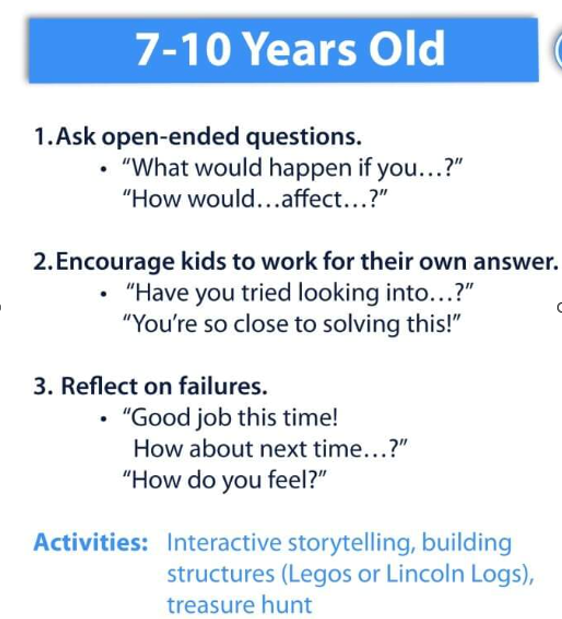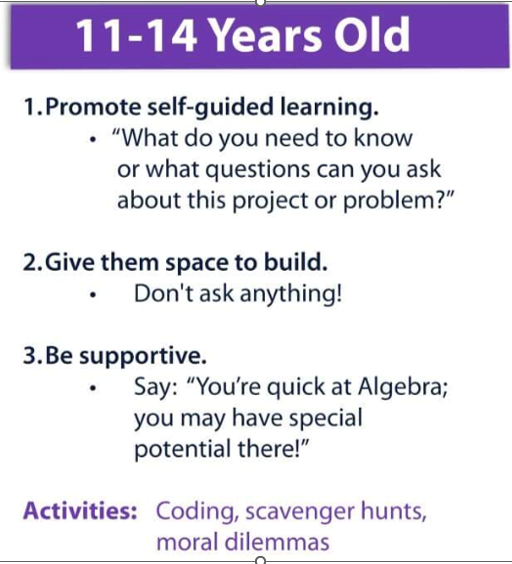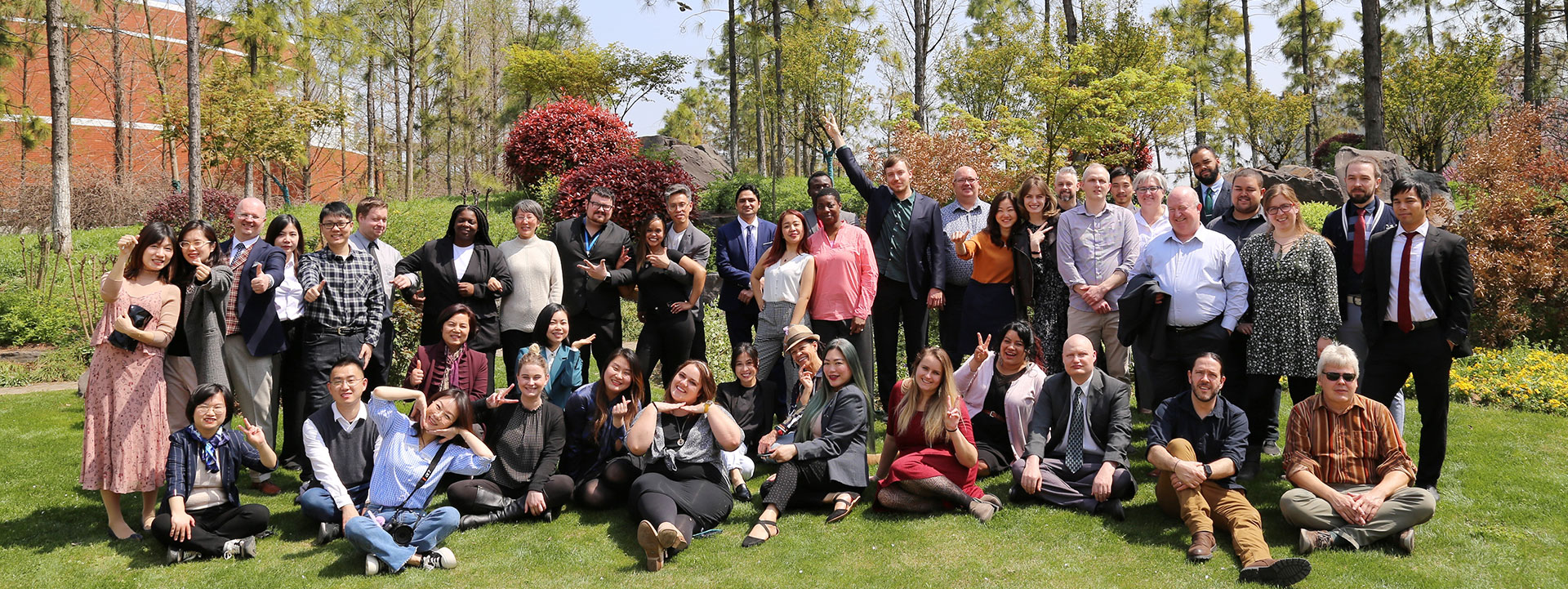Small or large, everyone has problems. As grown-ups, we get a lot of practice that moulds us to be experts in solving problems. Children, on the other hand, don’t have that bank of previous problem-solving experience to draw upon. From the adult’s perspective, children can be frustratingly slow and come up with ridiculous solutions that we know won’t work. And, in the hectic maelstrom of modern parenting where time is a precious commodity, the temptation is to jump in and give our children the ‘right’ solution rather than waste time while they meander through their own problem-solving process.
But if we don’t take the time to teach children how to solve problems for themselves, we are doing them a huge disservice (as well as creating a rod for our own backs). Problem-solving is an essential life skill that fosters practical competence, improves academic performance, boosts self-esteem and self-confidence, and oils the wheels of social relationships.
Here are some effective ways to guide problem-solving in both teaching and parenting:
1. Use coaching questions
Ask questions to advise, suggest, or offer solutions. Instead of saying “I think you should do this”, try “What do you think you should do?” or, “Have you got an idea that might help?”
2. Let the little ones make mistakes
No one learns the value of that final “review” step unless they sometimes get it wrong and have to look back at their solution and readjust it, including children. Step back and let them do it as long as it isn’t going to cause lasting/permanent damage.
3. Involve them in family/classroom/school/community problem-solving
Children learn to solve problems by being involved in problem-solving. There are issues they can’t solve or need to be shielded from but there are loads of problems we can engage them in. For example, nice stuff (holiday planning), minor stuff (prioritise one thing over the other) and gritty stuff (debate and discussion).












